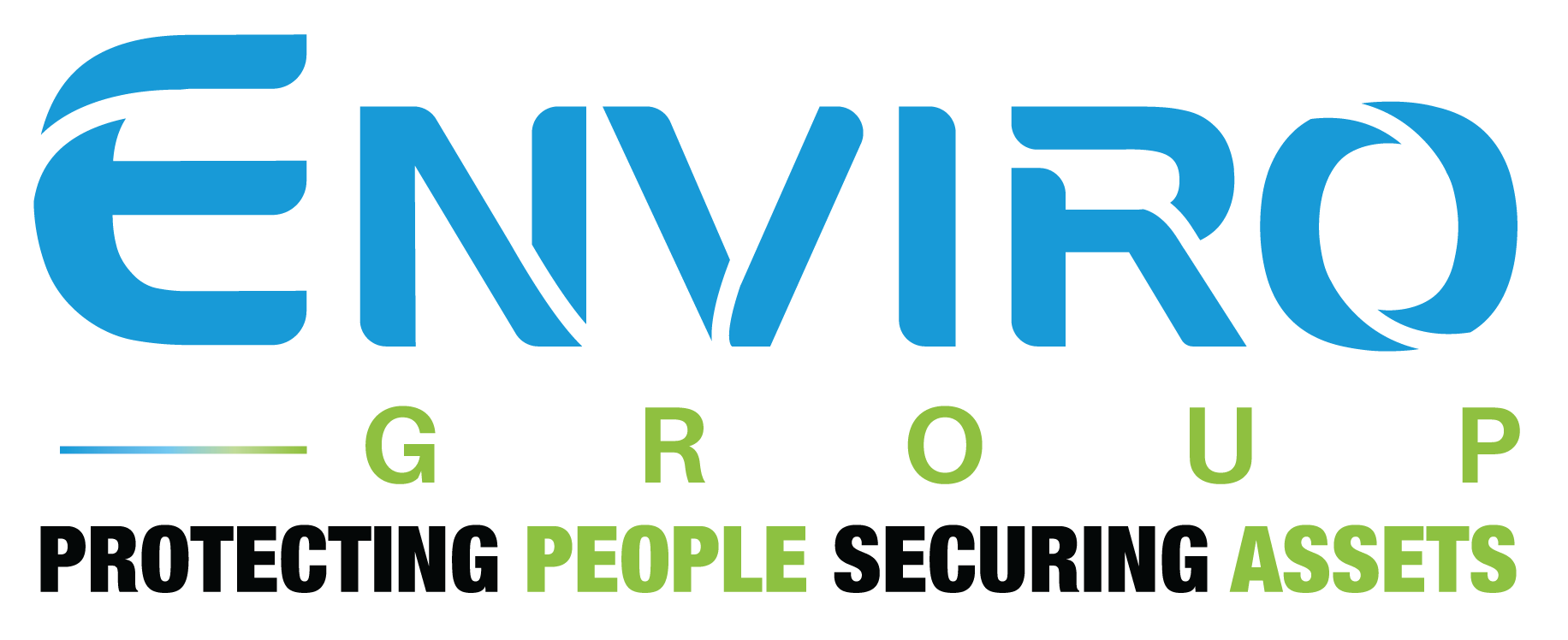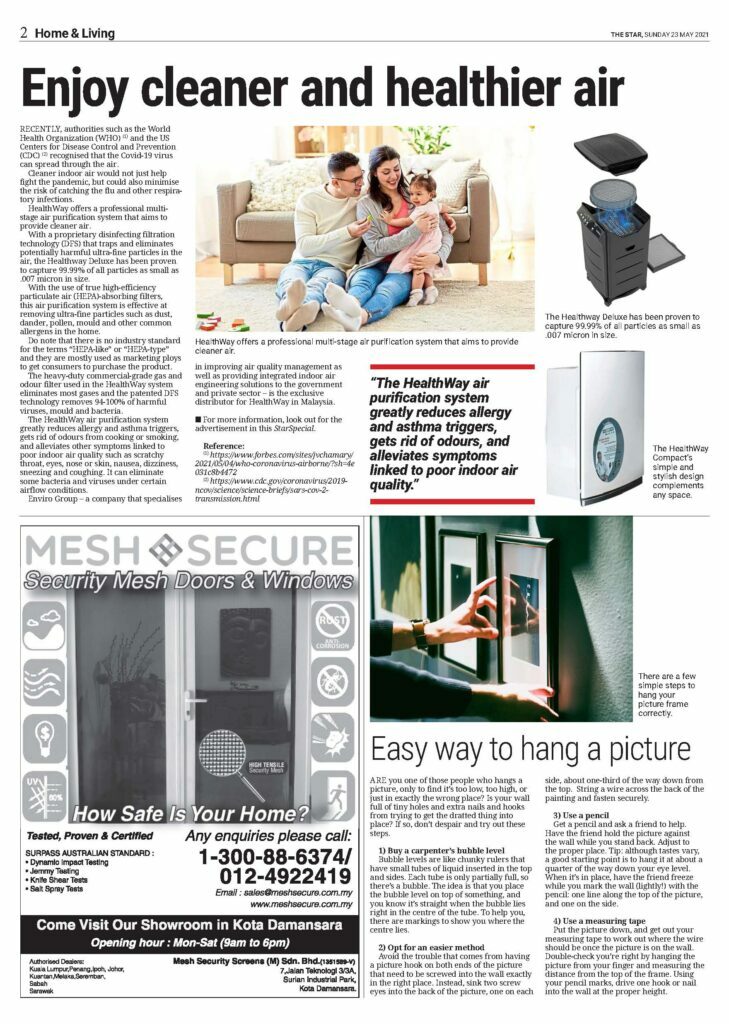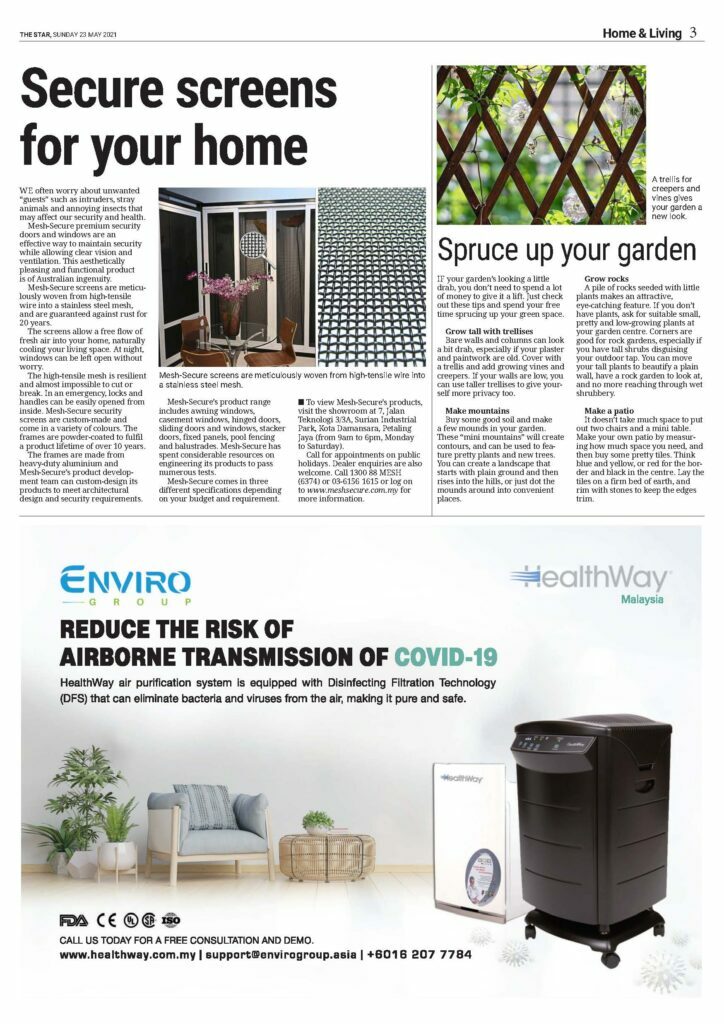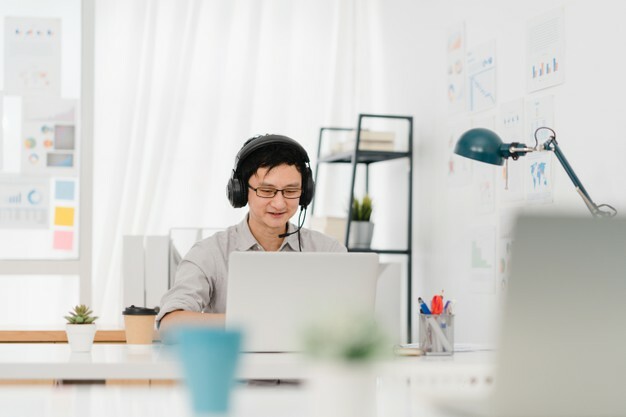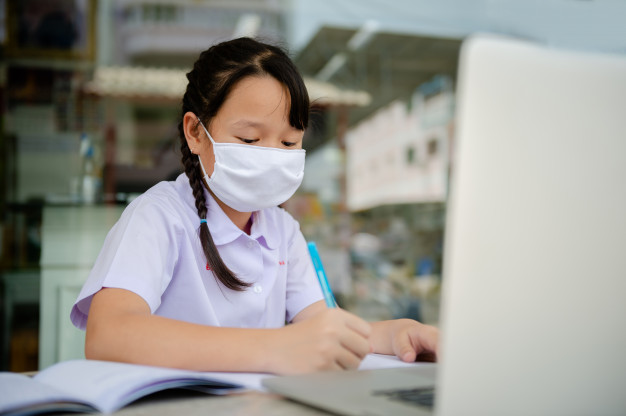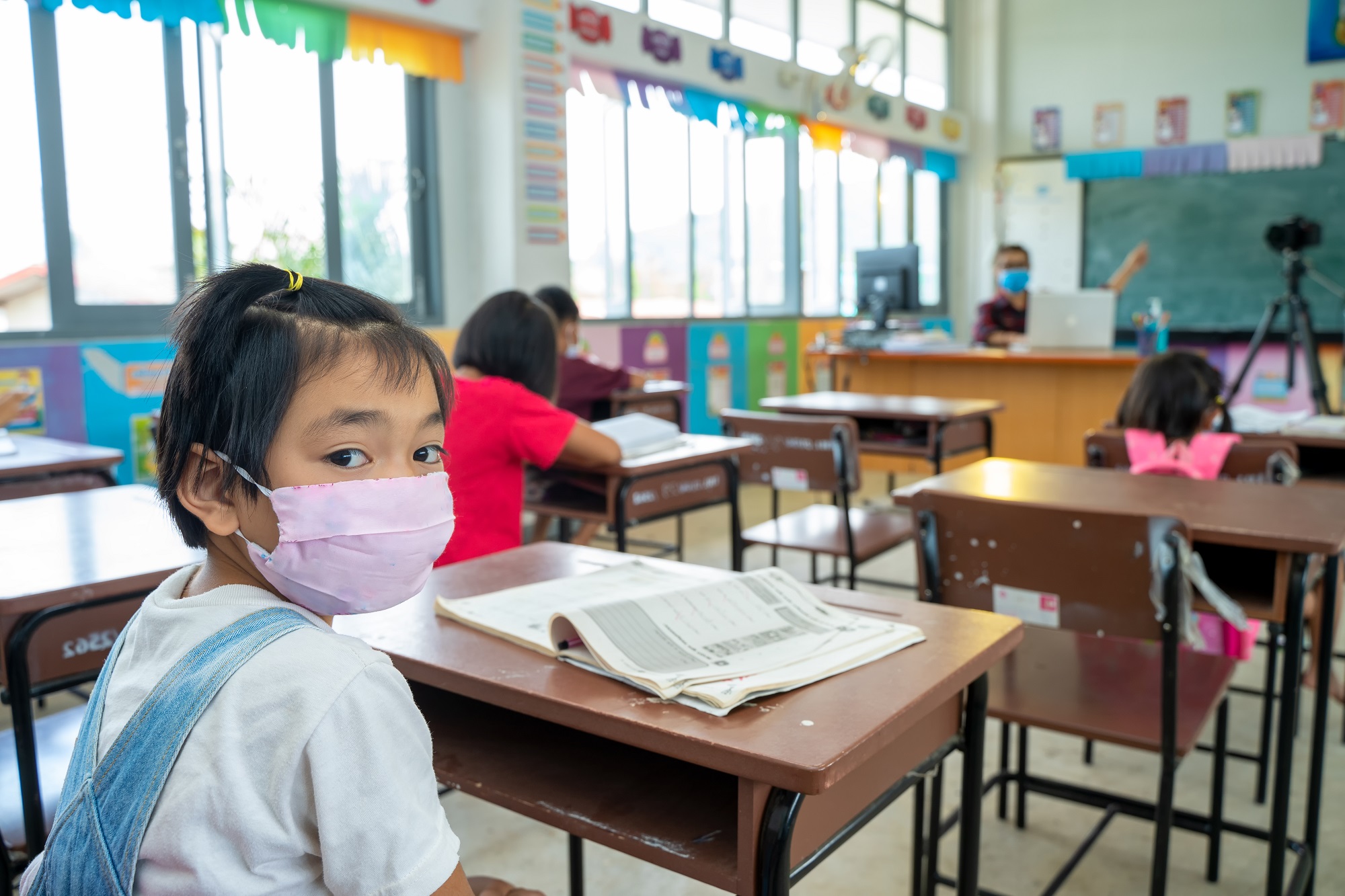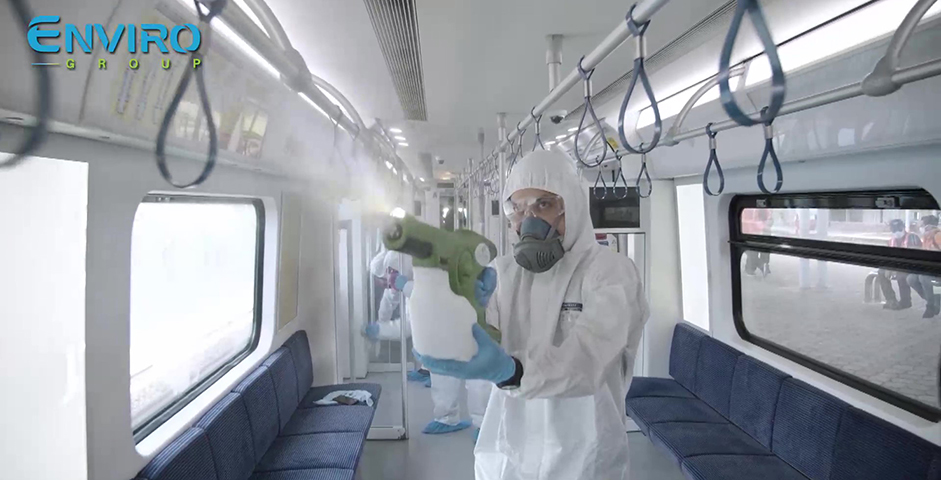In only a few short weeks, the emergence of the novel coronavirus disease, COVID-19, has created an unprecedented impact on the way we live and work. As the virus emerged, our social life was impacted badly.
While many organizations are moving to remote work, some companies work with proprietary systems or with sensitive materials that require employees, or shifts of workers, to be on-premises to get their job done well. As champions of a great work experience, we want to help everyone stay healthy in the office while sharing common workspaces.
We believe workplace wellbeing extends not just to cleaning and disinfecting the office, but to good communication and signage strategies, and healthy office culture for COVID and beyond. We hope these tips for office safety will provide both knowledge and peace of mind as we navigate this critical public health issue.
- Regular cleaning guidance from the management or HR
- Air quality and ventilation systems
- Social distancing in the office
- Communication and signage
View this post on Instagram
PROPER CLEANING GUIDANCE BY MANAGEMENT
While the spread of the virus might feel unavoidable, the fact is that good cleaning and disinfection routines can greatly reduce or eliminate the risk of a viral count of COVID-19 on surfaces and objects in the office. As employers, it’s all of our duty to maintain a clean environment and make sure every person feels safe coming in every day.
Few key points you should know before you begin:
- Use disposable gloves, gowns, a mask (like a cloth face covering) for cleaning and disinfection. Carefully remove and throw them away immediately after disinfection and trash disposal.
- Always clean before beginning disinfection. Cleaning with a detergent or soap and water solution removes particles that can carry risk of COVID-19 on surfaces. This reduces the viral load before disinfection begins, which helps the disinfectant to be more effective in killing the remaining virus.
- If using disinfecting wipes (such as Clorox or Lysol wipes) remember that to properly disinfect, you should clean only one item at a time, using enough wipes to ensure the surface stays wet for 4 minutes.
- Remember to never mix cleaning products together.
- Clean and disinfect high-touch surfaces daily in common areas (e.g. tables, hard-backed chairs, doorknobs, light switches, phone receivers and keypads, remotes, handles, touchscreens, desks, toilets, sinks, elevator and elevator buttons, etc).
- Clean and disinfect shared electronics and equipment, digital signage, and touch-screen kiosks.
AIR QUALITY AND VENTILATION SYSTEMS
Offices are home to many sources of air contamination, including volatile organic compounds (from cleaning agents, furniture, and other materials), and bacteria, mold, and viruses. Poor ventilation exacerbates the presence of these contaminants.
To maintain healthy indoor environments as you phase employees back into the office, facilities need to concentrate on plumbing, ventilation, and filtration systems that filter, dilute, and remove pathogens.
Using our own experience at Enviroverks, we suggest the following air quality interventions:
- Address indoor air quality issues perceived and actual-in existing buildings
- Conduct air quality assessments, testing, design and provide engineering guidance to improve ventilation effectiveness of existing HVAC systems, support long-term air-quality monitoring, and create air-quality awareness
- Adapt controls and sequencing to accommodate and monitor additional filtration needs, and additional criteria concerning recirculated air systems
- Develop messaging and education for building occupants-dashboards, apps, situational cues-to reduce concerns regarding potential pathogen transmission
SOCIAL DISTANCING MEASURES IN THE OFFICE
For companies who require on-premise employees, social distancing in the office is required from the start, not just once offices begin to fully reopen. Getting in the habit early will give time to test what method works best for you and your team before everyone comes back to the office.
View this post on Instagram
Methods to consider for physical distancing:
- Limit who comes into the office and when with flexible hours and staggered shifts
- Use a social distancing desk tool to make it map out what a socially distanced floor plan looks like using only desks 6ft or more apart. Assign or allow people to book their own desks based on what’s available. Determine capacity based on physical distancing accordingly.
- Either prohibit or keep visitors to a minimum unless absolutely necessary. Prohibit personal packages delivered to the office. For snacks and coffee, and locker use, limit some, if not all, within the office to decrease the number of shared surfaces.
- Update office design with partitions between desks and social spaces, revised seating arrangements, and directional signage like floor markers for one-way hallways and staircases.
- Maintain virtual meetings in the office: Repurpose every conference room into a personal office and/or storage area in the early stages of COVID-6.
- Touchless entry: Using an access control system, every in-office employee can badge into the building using their phones.
COMMUNICATION AND SIGNAGE ON COVID-19 IN THE WORKPLACE
They say sunshine is the best disinfectant; in this case, good communication is one of your first and best defences against the physical and emotional aspects of navigating coronavirus. Be prepared to reassure and support employees who may be going through a range of emotions and personal challenges as a result of the virus and containment efforts:
- Provide clear, concise and well-worded updates that are relevant to your location, industry, and current work culture. Communicate in a timely, calm manner.
- Offer channels for support and two-way communication. Create a space for your staff to reach out with their concerns and needs; where possible, make accommodations for specific needs that arise.
- Provide signage around the office that will keep everyone mindful of safety: good respiratory hygiene, cleaning recommendations, social distancing, and symptom checks.
In the event that you need to coordinate some of your company to work from home while others from the office, or eventually, everyone working from home, here are some tips on how to manage that transition:
- Continue to provide clear, concise and well-worded updates that are relevant to your location, industry, current work culture, and overall state of the pandemic. Communicate in a timely, calm manner.
- Make sure technology is consistent across the entire company including communication, video conferencing, project management, and collaboration tools.
- Continue to clean all spaces in the office, shared or not, and push everyone to wipe down their desks and equipment as soon as they’re done for the day. This is especially important if people are sharing spaces and if teams switch off working in the office.
- Provide hand sanitiser and personal protective equipment (PPE) across the office building and make sure everyone knows where to find both in order to mitigate the risk of spreading germs.
- Keep team communication consistent. It’s easy for team collaboration to decrease without face-to-face interaction making it that much more critical that communication is prioritized with daily or weekly posts, emails, and video calls. With that being said, be mindful of how much time you’re taking out of the workday to check-in through video calls.
- Don’t forget to value social and recharge interactions, beyond just “work talk”. Encourage digital get-togethers in the form of team lunches, happy hours, and group downtime via video calls when needed.
- Check-in with your team early and often to gauge what’s working and where people need extra support.
- Promote a work-life balance for everyone, especially working parents. Social distancing requires lots of downtime at home which can result in an unclear blend of work and non-work activities.
